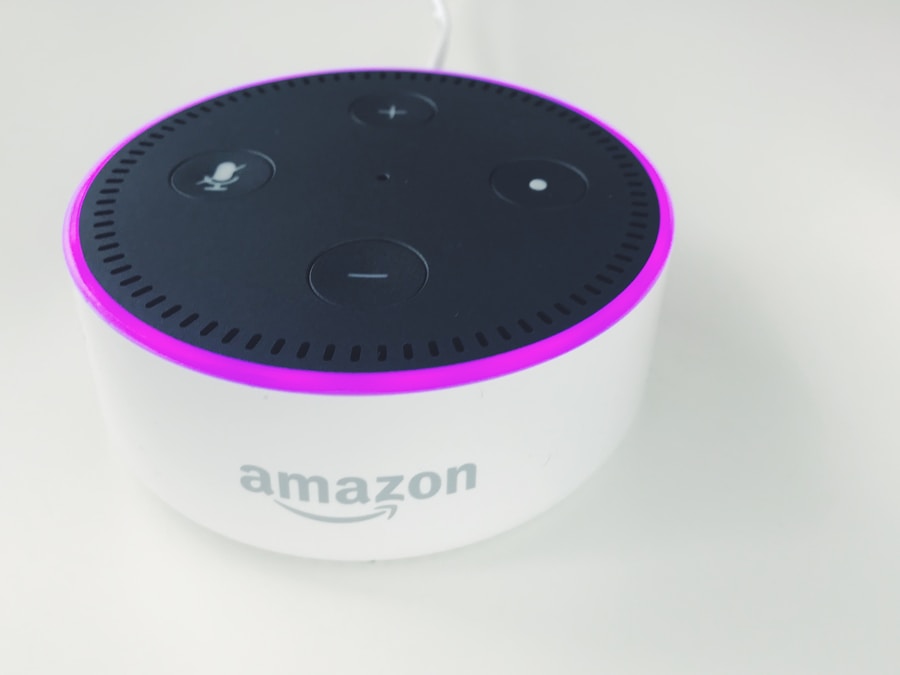Automatic Speech Recognition (ASR) is a transformative technology that enables machines to understand and process human speech. By converting spoken language into text, ASR systems facilitate a wide range of applications, from voice-activated assistants like Siri and Alexa to transcription services and customer service automation. The underlying technology relies on complex algorithms and machine learning models that analyze audio signals, recognize phonetic patterns, and interpret linguistic structures.
As the demand for seamless human-computer interaction grows, ASR has emerged as a critical component in enhancing communication across various sectors. The evolution of ASR can be traced back to the mid-20th century when early systems could only recognize a limited vocabulary of words. However, advancements in computational power, data availability, and algorithmic sophistication have propelled ASR into a new era.
Modern systems leverage deep learning techniques, allowing them to achieve remarkable accuracy rates even in noisy environments or with diverse accents. This progress has not only expanded the potential applications of ASR but has also made it an integral part of everyday life, influencing how individuals interact with technology and each other.
Key Takeaways
- Automatic Speech Recognition (ASR) is the technology that allows machines to recognize and interpret human speech, enabling communication between humans and computers.
- Using ASR for communication can improve accessibility for individuals with disabilities, increase efficiency in transcribing and translating speech, and enhance user experience in various applications.
- Challenges with ASR include accuracy issues, dialect and accent variations, background noise interference, and privacy concerns.
- To improve communication with ASR, it is important to speak clearly, minimize background noise, use appropriate microphones, and provide feedback for system learning and improvement.
- Best practices for implementing ASR in communication include selecting the right ASR system, training users on its use, integrating it with existing systems, and continuously monitoring and updating the technology for optimal performance.
The Benefits of Using Automatic Speech Recognition for Communication
The integration of Automatic Speech Recognition into communication processes offers numerous advantages that enhance efficiency and accessibility. One of the most significant benefits is the ability to facilitate hands-free interaction. For instance, in professional settings, ASR allows individuals to dictate notes or emails while multitasking, thereby streamlining workflows and increasing productivity.
This capability is particularly valuable in industries such as healthcare, where practitioners can document patient information verbally, reducing the time spent on administrative tasks and allowing for more focus on patient care. Moreover, ASR technology significantly improves accessibility for individuals with disabilities. For those who are deaf or hard of hearing, ASR can provide real-time transcription of spoken dialogue, enabling them to participate more fully in conversations and meetings.
Similarly, individuals with mobility impairments can benefit from voice-controlled systems that allow them to operate devices without physical interaction. By breaking down barriers to communication, ASR fosters inclusivity and ensures that everyone has the opportunity to engage effectively in various contexts.
Overcoming Challenges with Automatic Speech Recognition

Despite its many advantages, the implementation of Automatic Speech Recognition is not without challenges. One of the primary obstacles is the variability in human speech patterns, which can include differences in accent, dialect, and pronunciation. ASR systems must be trained on diverse datasets to accurately recognize and interpret speech from a wide range of speakers.
Inconsistent performance across different demographics can lead to frustration and hinder effective communication, particularly in multicultural environments where linguistic diversity is prevalent. Another challenge lies in the context-dependent nature of language. ASR systems may struggle with homophones—words that sound alike but have different meanings—leading to potential misunderstandings.
For example, the words “bare” and “bear” could be misinterpreted if the system lacks contextual awareness. Additionally, background noise can significantly impact the accuracy of speech recognition, making it difficult for systems to distinguish between relevant speech and extraneous sounds. Addressing these challenges requires ongoing research and development to enhance the robustness and adaptability of ASR technologies.
Tips for Improving Communication with Automatic Speech Recognition
| Communication Aspect | Improvement Tips |
|---|---|
| Clear Pronunciation | Speak clearly and enunciate words to improve accuracy. |
| Background Noise | Minimize background noise to enhance speech recognition. |
| Training the System | Train the speech recognition system with your voice for better understanding. |
| Use of Punctuation | Speak punctuation marks clearly for accurate transcription. |
| Speak at a Moderate Pace | Avoid speaking too fast or too slow for better recognition. |
To maximize the effectiveness of Automatic Speech Recognition in communication, users can adopt several strategies that enhance clarity and accuracy. First and foremost, speaking clearly and at a moderate pace can significantly improve recognition rates. Users should avoid mumbling or speaking too quickly, as this can lead to misinterpretations by the ASR system.
Additionally, enunciating words distinctly helps the technology capture spoken language more accurately. Another effective tip is to minimize background noise during interactions with ASR systems. This can be achieved by choosing quiet environments for conversations or using noise-canceling microphones that filter out ambient sounds.
Furthermore, users should familiarize themselves with the specific ASR system they are using, as different platforms may have unique features or settings that can optimize performance. For instance, some systems allow users to customize vocabulary or add frequently used terms, which can enhance recognition accuracy in specialized fields.
Best Practices for Implementing Automatic Speech Recognition in Communication
Implementing Automatic Speech Recognition effectively requires careful planning and consideration of various factors that influence its success. One best practice is to conduct thorough training sessions for users to familiarize them with the technology’s capabilities and limitations. Providing clear guidelines on how to interact with ASR systems can help users feel more confident and reduce frustration during initial usage.
Additionally, organizations should invest in high-quality hardware and software solutions that are tailored to their specific communication needs. This includes selecting microphones that are optimized for voice recognition and ensuring that the ASR software is regularly updated to incorporate the latest advancements in technology. Furthermore, organizations should consider integrating ASR with other communication tools, such as video conferencing platforms or customer relationship management systems, to create a seamless user experience that enhances overall communication efficiency.
The Future of Automatic Speech Recognition in Communication

The future of Automatic Speech Recognition holds immense potential as advancements in artificial intelligence and machine learning continue to evolve. One promising direction is the development of more sophisticated natural language processing capabilities that enable ASR systems to understand context better and engage in more nuanced conversations. This could lead to more intuitive interactions between humans and machines, where ASR systems not only transcribe speech but also comprehend intent and respond appropriately.
Moreover, as ASR technology becomes increasingly integrated into everyday devices—from smartphones to smart home appliances—its applications will expand further. The rise of voice commerce is one area poised for growth, where consumers will use voice commands to make purchases or access services seamlessly. Additionally, advancements in multilingual support will allow ASR systems to cater to diverse populations more effectively, breaking down language barriers and fostering global communication.
Case Studies of Successful Communication Improvement with Automatic Speech Recognition
Numerous organizations have successfully implemented Automatic Speech Recognition to enhance communication within their operations. For example, a leading healthcare provider adopted ASR technology for clinical documentation purposes. By allowing physicians to dictate patient notes directly into electronic health records, the organization significantly reduced documentation time while improving accuracy.
This shift not only enhanced workflow efficiency but also allowed healthcare professionals to spend more time with patients, ultimately improving patient care outcomes. In another instance, a multinational corporation utilized ASR technology in its customer service department to streamline call handling processes. By deploying an ASR system capable of understanding customer inquiries in multiple languages, the company improved response times and customer satisfaction rates.
The system enabled agents to focus on complex issues while routine inquiries were handled automatically through voice recognition technology. This case illustrates how ASR can transform communication strategies within organizations by optimizing resource allocation and enhancing customer experiences.
The Impact of Automatic Speech Recognition on Communication
The impact of Automatic Speech Recognition on communication is profound and far-reaching. As this technology continues to evolve, it reshapes how individuals interact with machines and each other across various domains. From enhancing accessibility for individuals with disabilities to streamlining workflows in professional settings, ASR serves as a catalyst for improved communication efficiency and inclusivity.
As organizations increasingly recognize the value of integrating ASR into their communication strategies, they pave the way for a future where human-computer interaction becomes more intuitive and seamless. The ongoing advancements in this field promise not only enhanced accuracy but also greater contextual understanding, enabling richer interactions that transcend traditional barriers. Ultimately, Automatic Speech Recognition stands at the forefront of a communication revolution that holds the potential to transform our daily lives profoundly.










Leave a Reply